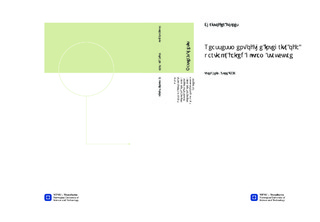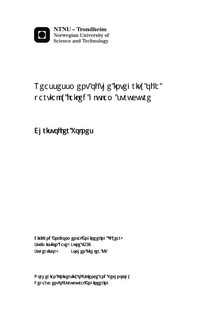| dc.description.abstract | Background: This study will seek to determine if the partial failure ofa glulam roof in 2011 was only due to a measured accidental overload of1,6kN/m^2 more than planned for in the design, and also whether the sur-viving roof structure received signicant permanent damage. Monte Carlomethods are used to calculate probabilities of failure, and there is a heavy fo-cus on the so-called "duration of load"effect (Dol) in timber, first describedby Wood (1947). Two different models for the Dol-effect are used in parallel;the Foschi & Yao method (Foschi et al. 1986), and the Gerhards method(Gerhards 1979), the results for the different models are compared to each other.Results: The simulations show a low probability of failure of a singlebeam overloaded for 10 years, for both models. pfailure = 8,94*10^(-4) andpfailure = 3,10*10^(-5) for the Foschi & Yao method and the Gerhards method,respectively.Conclusion: This study finds it unlikely that the failure was exclusivelydue to the overload. It also finds that the structural integrity of the remain-ing structure is not weakened by the overload. | nb_NO |

